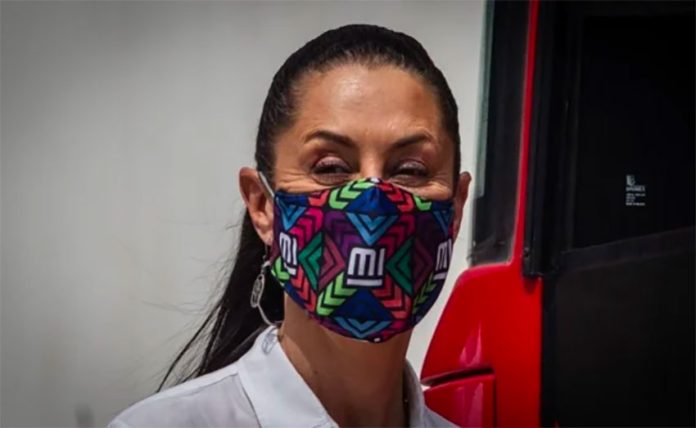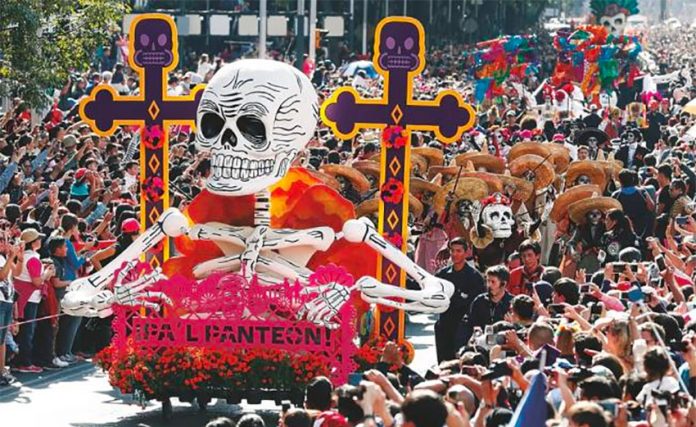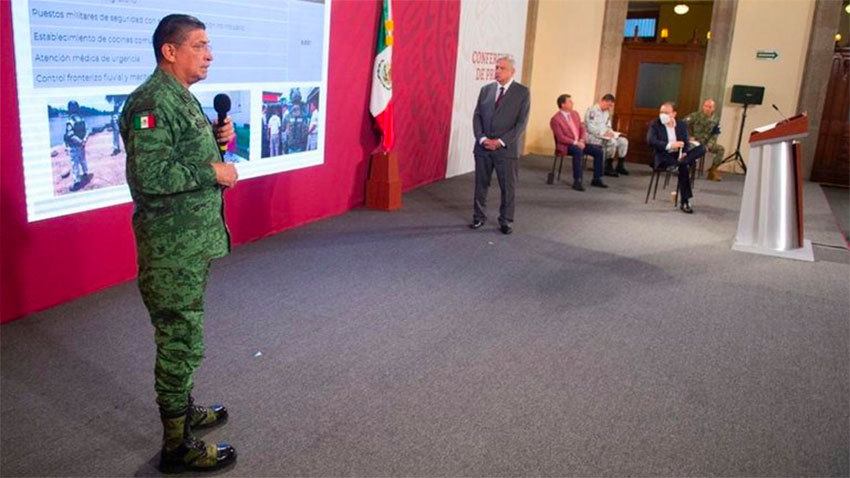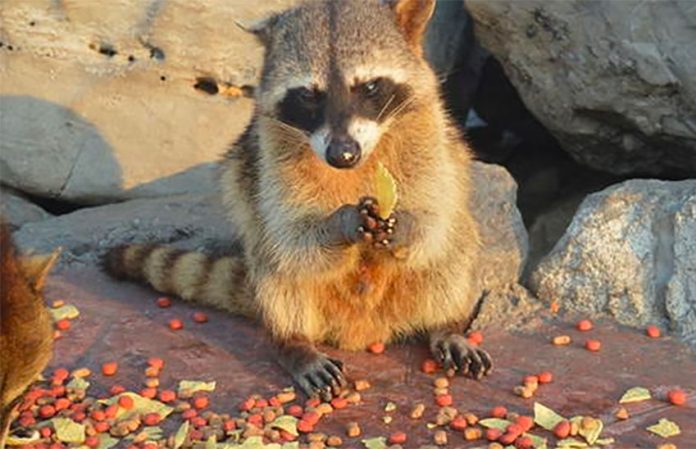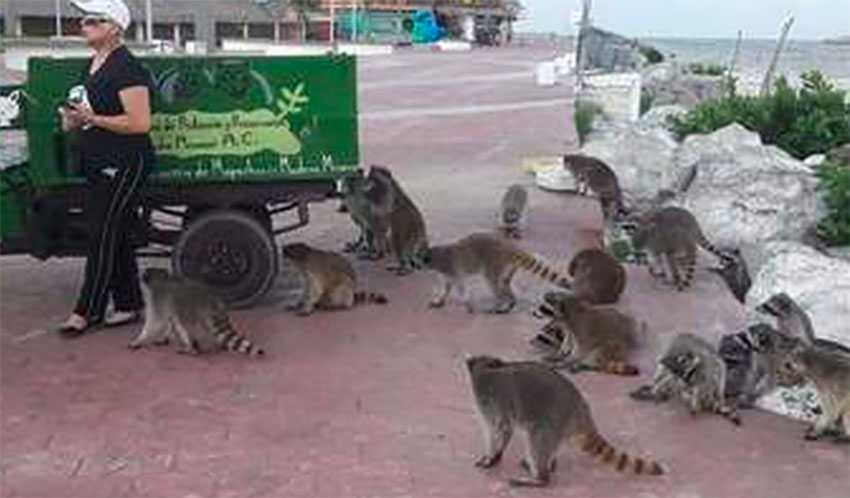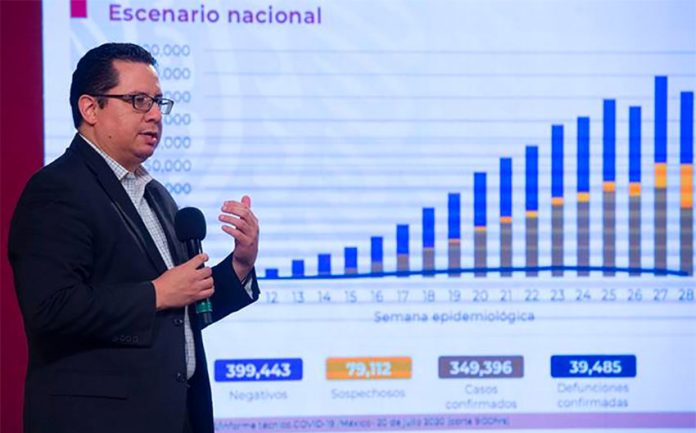It seems like an innocent gesture but was Mexico City Mayor Claudia Sheinbaum trying to send a message to the federal government by gifting face masks to its coronavirus czar?
As soon as he sat down for his nightly coronavirus press briefing on Monday, Deputy Health Minister Hugo López-Gatell held up a packet containing a face mask he said was given to him by the mayor.
He later gave the mask to a government communications official saying that it was a good match for the shirt he was wearing.
However, López-Gatell said he still had another mask Sheinbaum gave him.
The Mexico City mayor is a strong advocate for the use of face masks, making their use mandatory in the capital, whereas the deputy healthy minister has been reluctant to endorse them.
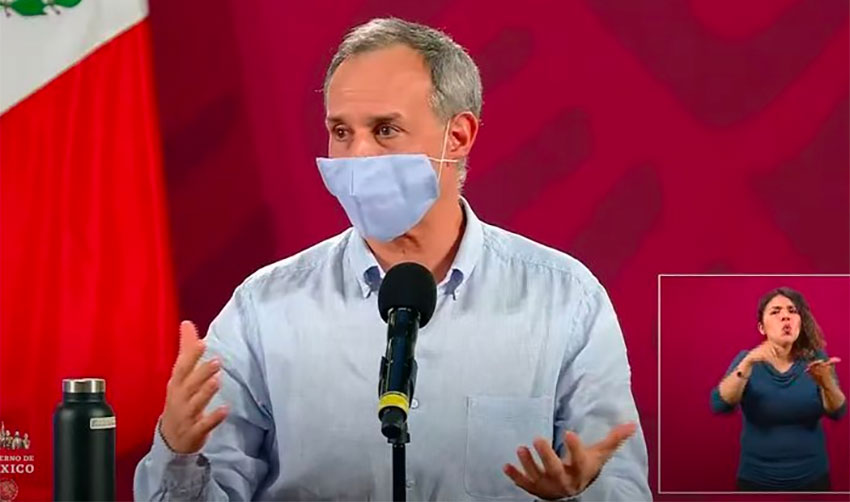
Her gift suggests that she would like to see the government’s coronavirus point man, and federal officials more broadly, to promote the use of face masks more vigorously.
Sheinbaum herself sets an example for Mexico City residents by wearing a mask at public events and appearing in video messages clad in the fashion item du jour.
In contrast, López-Gatell has been a less than enthusiastic advocate.
He said in April that there was no solid scientific evidence that the widespread use of masks would help to limit the spread of the coronavirus and warned that people could be lulled into a “false sense of security” while wearing them because they believe that they are not susceptible to infection when in fact they are.
However, the deputy minister changed his tune somewhat in May, stating that face masks could help stop the spread of the coronavirus in workplaces.
López-Gatell has seldom been seen using a face mask himself although he was wearing one when he arrived at the airport in Tuxtla Gutiérrez, Chiapas, last week for a working trip.
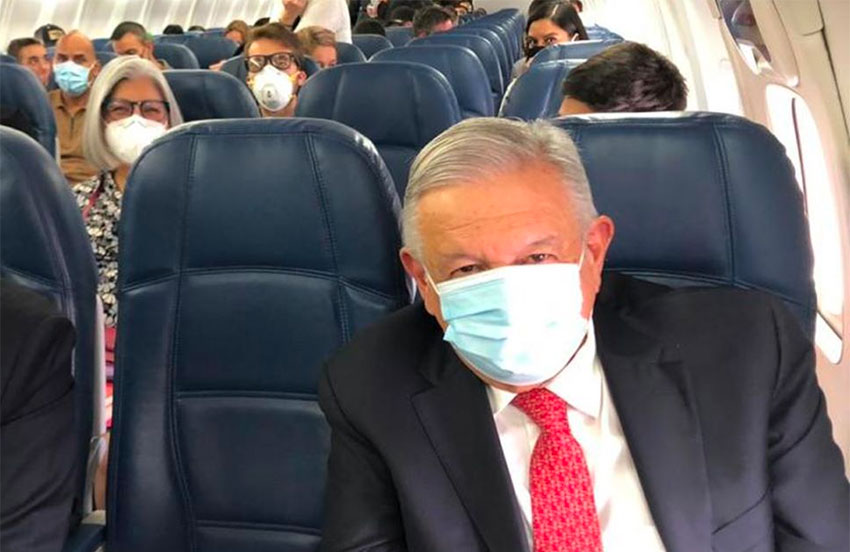
While authorities in the majority of Mexico’s 32 states have made the wearing of masks compulsory in public places, the federal government has not issued a nationwide order mandating their use, and many of its officials – including President López Obrador – have mostly eschewed them.
However, pressure is mounting on the government to make masks compulsory across the country, or at least set a better example for citizens by requiring officials to wear them.
Gustavo Olaiz, head of the Center for Research in Policy, Population and Health at the National Autonomous University, said it’s crucial for federal officials to wear masks in order to to encourage more people to do so.
If large numbers of people continue to shun masks, the government should make their use obligatory, he said.
Olaiz told the newspaper Reforma that wearing a face mask is mandatory in about 50 countries around the world and that those nations have had greater success in combating the coronavirus than those that have not done so.
“The debate about the use of face masks should have already passed,” Olaiz said.
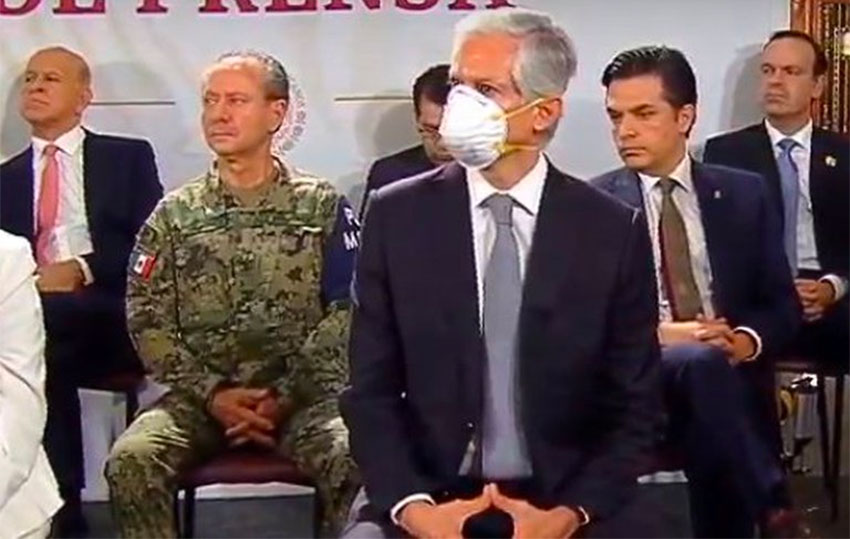
He said the current debate should be about whether people should wear a protective shield in addition to a face mask because the coronavirus can enter a person’s body through their eyes.
“Evidence continues to mount in favor of using both. The World Health Organization says that ‘both work independently of each other,’” Olaiz said.
The academic emphasized that a face mask helps protect the person wearing it and his or her close contacts.
“People don’t know if they’re infected or not, and they have to protect others. … Using a face mask is a way of showing love for Mexico, the Mexican people, your neighbors, your family,” Olaiz said.
Octavio Gómez Dantés, a researcher at the National Institute of Public Health, said that due to overwhelming evidence that masks can help stop the transmission of the coronavirus, their use should be made mandatory.
He said that there is evidence that if 80% of the population uses a mask, the benefit can be as significant as a lockdown.
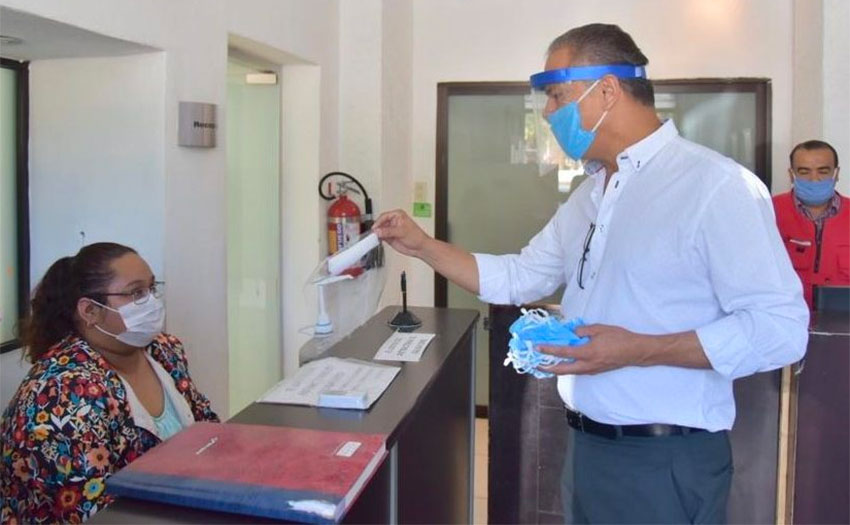
“We don’t necessarily have to go back to our homes [for another lockdown] if we implement a mandatory face mask policy,” Gómez said.
The researcher agreed with Olaiz that federal officials should wear masks to set an example.
“The first person that has to use a face mask is the president. Deputy Minister Hugo López-Gatell has not had the courage to accept that he was wrong” about face masks, Gómez said, adding that the coronavirus czar should accept that evidence about their effectiveness has mounted and “change his position.”
One new government advocate for the use of masks is Finance Minister Arturo Herrera, who has recently recovered from Covid-19.
Speaking on Tuesday at a virtual meeting of the board of the Canacintra industry group, Herrera said the widespread use of masks will have a beneficial impact on the economy.
Holding up a mask, the finance minister said: “This is not just going to be one of the most important elements to protect us [from infection] but also one of the elements that allows us to relaunch the economy with greater success.”
Source: Milenio (sp), Reforma (sp), El Financiero (sp)
